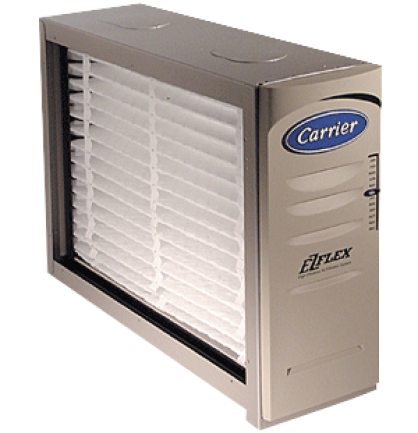Air Filtering
Air Filtering Services
Experience the transformative power of high-quality air filtering with Steel T Home Services. Each breath you take will be cleaner and fresher, providing you with an immediate sense of well-being.
Gone are the days of worrying about particulates, allergens, and pollutants lurking in every corner of your room. With our professional air filtering services, you can get peace of mind knowing that each breath you take is free of harmful substances, protecting you and your loved ones from allergy flare-ups, throat issues, and lung infections.
Choosing Steel T Home Services’s air filtering services is an investment in your health. For a competitive price, you can enjoy unparalleled air purity and an improved living environment. Don’t compromise on your respiratory health. Choose Steel T Home Services for your next indoor air quality project.

Guard Yourself from Dust, Pollen, and Allergies
Empower Your Health with Regular Cleaning and Maintenance
- We recommend that you clean or replace your air filters every 1 to 3 months. Remember, a clean filter is the first line of defense against airborne allergens. Whether you want clean air in your bedroom, kitchen, or living room, you can rely on Steel T for high-quality air filtering services.
- If you live in a high-traffic area or have furry friends at home, you might need to clean your air filters more frequently. Regular inspection is vital to catching any signs of damage or blockages early.